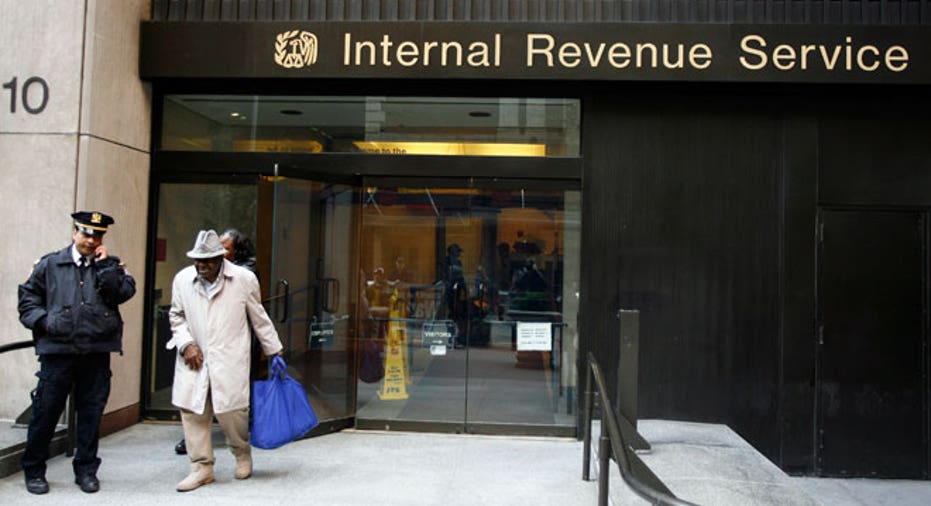What to Do About the Alternative Minimum Tax

The Alternative Minimum Tax (AMT) has become a major bone of contention among taxpayers and lawmakers on Capitol Hill. Initially put into law in 1969 to ensure that wealthy taxpayers paid their fair shares, the exemptions provided failed to keep up with inflation and now affects middle-class families.
Here’s how the AMT works: A modest amount of your income is exempted from the tax - $48,450 if single or head of household, $74,450 if married filing joint and $37,335 if married filing separately. Income above these amounts may be subject to AMT based on adding back “preference items,” which simply stated, are deductions usually taken by the wealthy. For example, a high-net worth taxpayer who takes very little income but has high deductions in the areas of state and county taxes, depreciation and depletion, may end up paying the alternative minimum tax in addition to their regular tax liability.
IRS Form 6251 is where the AMT tax is calculated. Beginning with adjusted gross income less itemized deductions (Line 41 of Form 1040) certain deductions are added back while other adjustments reduce income further. The net result on Line 28 of the worksheet (after 27 potential adjustments) is the “alternative taxable income.” From this number, subtract the exemption amount (listed above) and the difference is AMT taxable income. This figure is multiplied by 26% if less than $175,000 or $87,500 if married filing separately or 28% if above that amount. This tax is added on to any existing tax liability.
Here’s how the super wealthy like Warren Buffett are not subject to the alternative minimum tax: there is no preference item for capital gains and dividend income. And so the extremely wealthy, who make the bulk of the wealth through dividends and capital gains, don’t get nicked with the AMT.
The extremely wealthy are also not required to pay into the Social Security system if they are not showing earned income. Middle class entrepreneurs however, who may be in a 33% tax bracket, may be subject to the AMT and self-employment taxes thus ending up with an effective tax rate of upwards of 80% or more.
Here’s a real life scenario for you. A high-net worth taxpayer, a widow, was left rental properties free and clear and making a decent living from them. After rental deductions, her adjusted gross income was only $67,000. She enjoys a high amount of itemized deductions because she had to come up with $56,000 in legal fees out of her own money to protect her corporate investment. Her taxable income is only $5,036 after itemized deductions and exemptions. But legal fees are a preference item which throws her into the AMT so instead of enjoying a 10% tax liability and paying only $540 in income taxes, she ends up having to pay $7,300 – an effective tax rate of 144%.
And she won’t be the only one.
Unless Congress acts, 60 million taxpayers will be hit by the AMT next year when filing their 2012 income tax returns because the 2012 exemption amounts will revert to $33,750 for single and head of household and $45,000 for married filing joint.
Bonnie Lee is an Enrolled Agent admitted to practice and representing taxpayers in all fifty states at all levels within the Internal Revenue Service. She is the owner of Taxpertise in Sonoma, CA and the author of Entrepreneur Press book, “Taxpertise, The Complete Book of Dirty Little Secrets and Hidden Deductions for Small Business that the IRS Doesn't Want You to Know.” Follow Bonnie Lee on Twitter at BLTaxpertise and at Facebook.